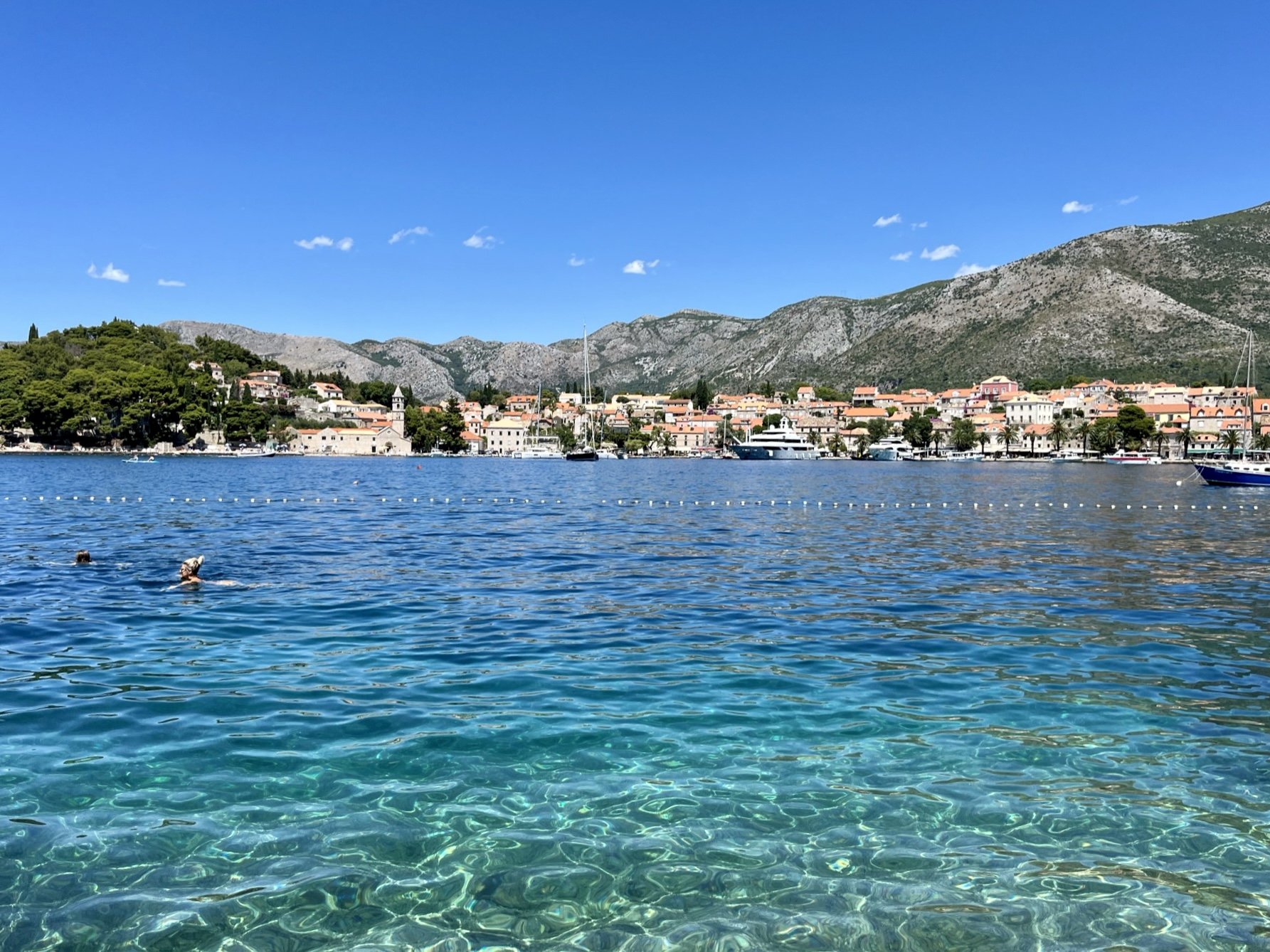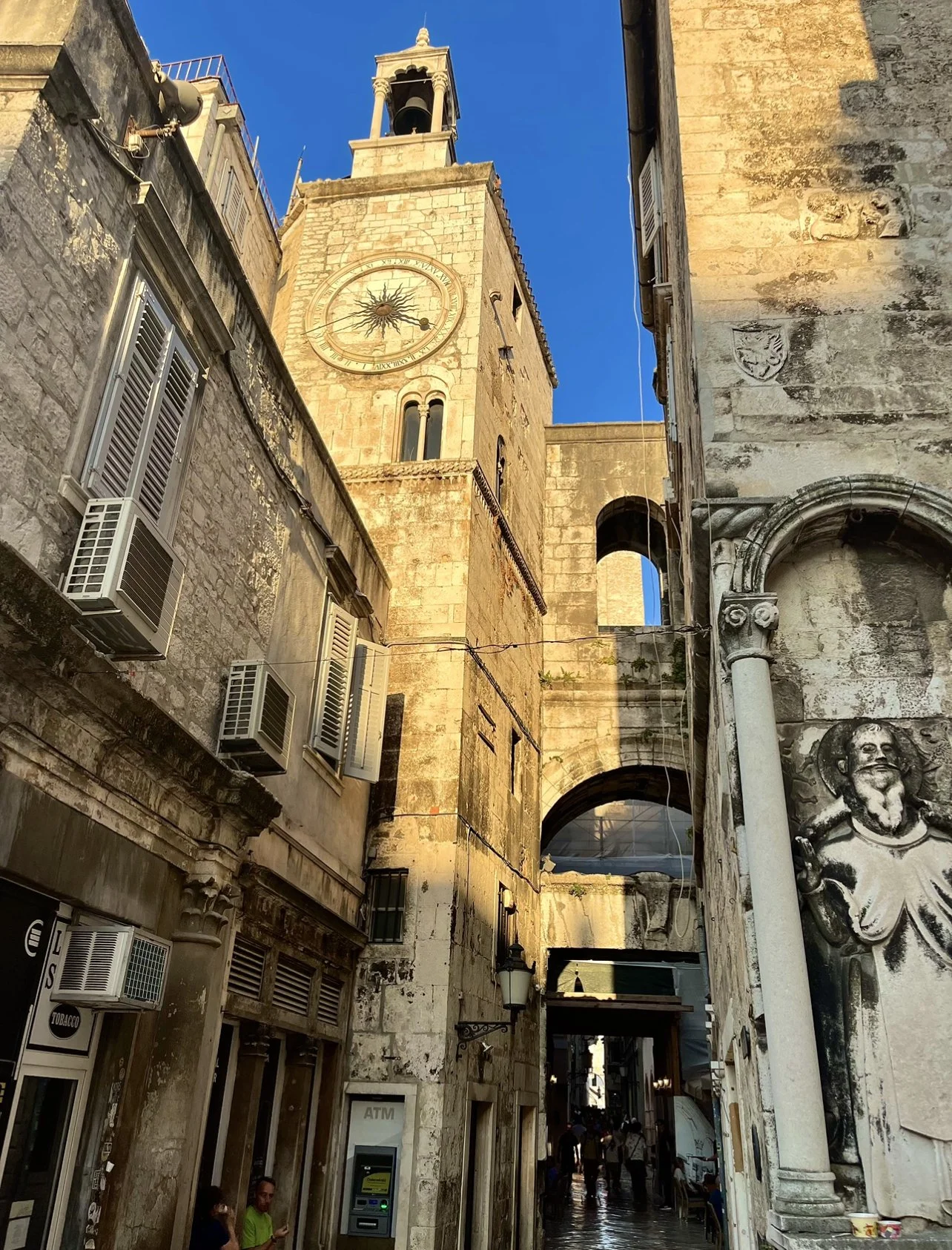Episode 85
Bok, prijatelji!
Welcome back to another wonderful episode.
This lesson is for all the musicians out there.
Today we’ll learn vocabulary that revolves musical groups! Whether it’s rock n’ roll or pop, we’ve got it covered!
Lesson - Musicians
musician - muzičar
band - grupa
instrument - instrument
piano - klavir
guitar - gitara
drum - bubanj
bass - bas
singer - pjevač/pjevačica
song - pjesma
Super Slatko Report
In this edition of the Super Slatko Report, DJ Moe tells us about some of the treasures in the bright blue Adriatic Sea. Did you know about any of the shipwrecks along the Dalmatian Coast? If you’re curious, stick around and find out!
The idea to go over Croatian Ship Wrecks came from an actual recent discovery from early November 2022; that being the discovery of a 2,000 year old Roman ship found near the village of Sukošan, outside the city of Zadar, formerly the Port of Barbir. So that got me thinking, is there a good resource for people interested in shipwrecks where people can find out more?
This is when I found check yetis amazing article on Croatian ship wrecks. The article has a lot to offer, so i cherry picked a few I wanted to highlight for you. Link located below.
The article is broken up by region, which makes it friendly to navigate and to discover shipwrecks in places that you can visit that may interest you the most.
So here are a 3 that caught my eye:
This 1st ship wreck can be found in the Istrian region:
“Baron Gautsch: The Austro-Hungarian civilian passenger vessel sunk on August 13, 1914 on its way from Kotor to Trieste because of a KGB mine. Despite the rapid intervention of 3 ships, more than half the passengers died in the accident. The captain and the officer who survived were arrested and accused, among other things, of not having followed the route established by the navy and of not having reacted to warnings of danger once they had entered the minefield. Afterward, authorities conducted investigations into the incident. Each year on the anniversary of the disaster, a ceremony is held in memory of the victims. The boat now lies at a depth of 28-39 m and has many entry points allowing interested divers to admire its interior.”
This 2nd ship wreck is located near Otok Pag,
“Letavica (Straon): The wreck dates back to the first century BC. Underwater, you can admire a lot of amphorae
Aka amphora: is a type of container with a pointed bottom and characteristic shape and size which fit tightly (and therefore safely) against each other in storage rooms and packages, tied together with rope and delivered by land or sea.
The amphorae from the Roman era sunk together with a vessel estimated to be about 25-30 m in length, and of which now no trace remains. The amphorae, which are in a single block of 23 m and are covered by marine vegetation, are of many different types. Several meters away, you can admire a part of the anchor that probably belonged to the Roman ship. “
This last wreck I wanted to share can be found near Dubrovnik.
“Taranto: This steamer belonged to the Italian Navy and sank on the 15th of February 1943 because of a mine. What makes this wreck so interesting, more so than its history, is some of the cargo it lost. In fact, the boat was carrying flour and two tractors when it sank. The tractors are visible a short distance from the wreck, a unique opportunity to see something unusual under the sea.”
I highly recommend taking a look. Overall a fun article to read and to wrap your head around. And if you’re a diver or an aspiring one, hope this helps you on your under sea journey.
And that’s it for the Super Slatko Report.






